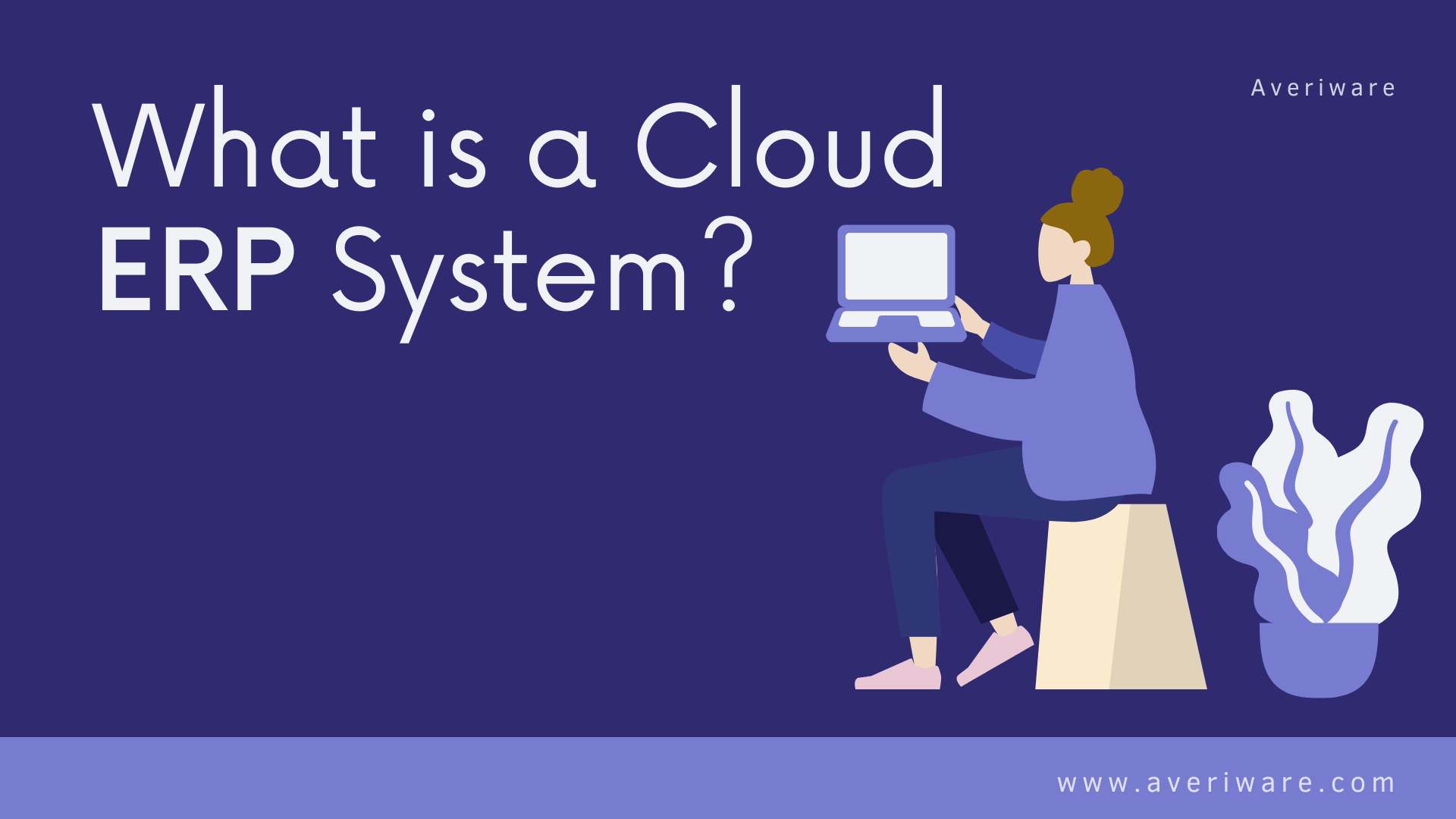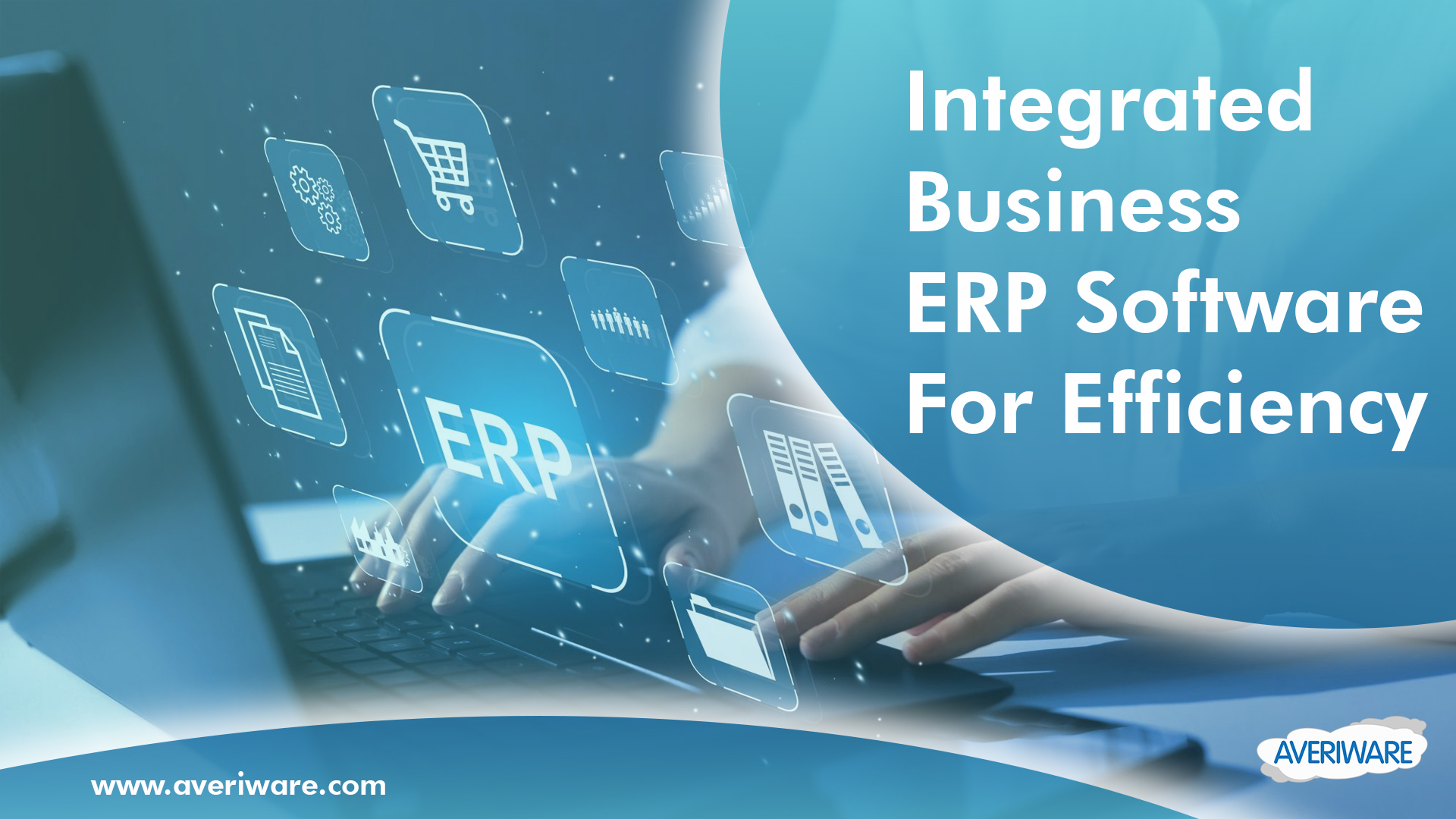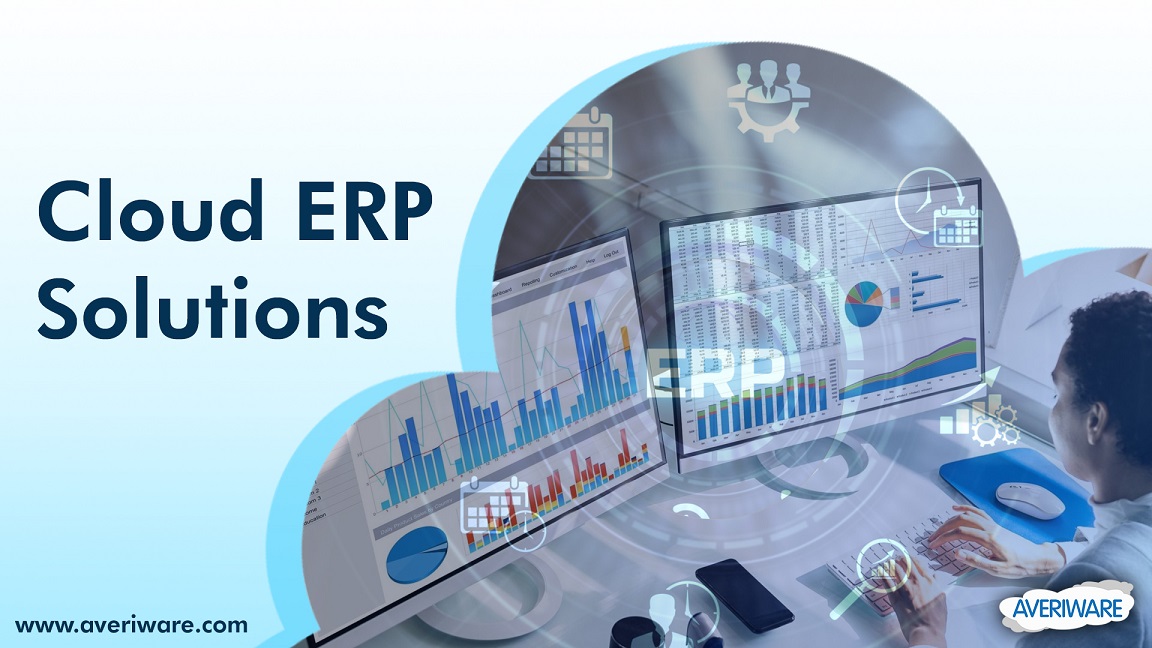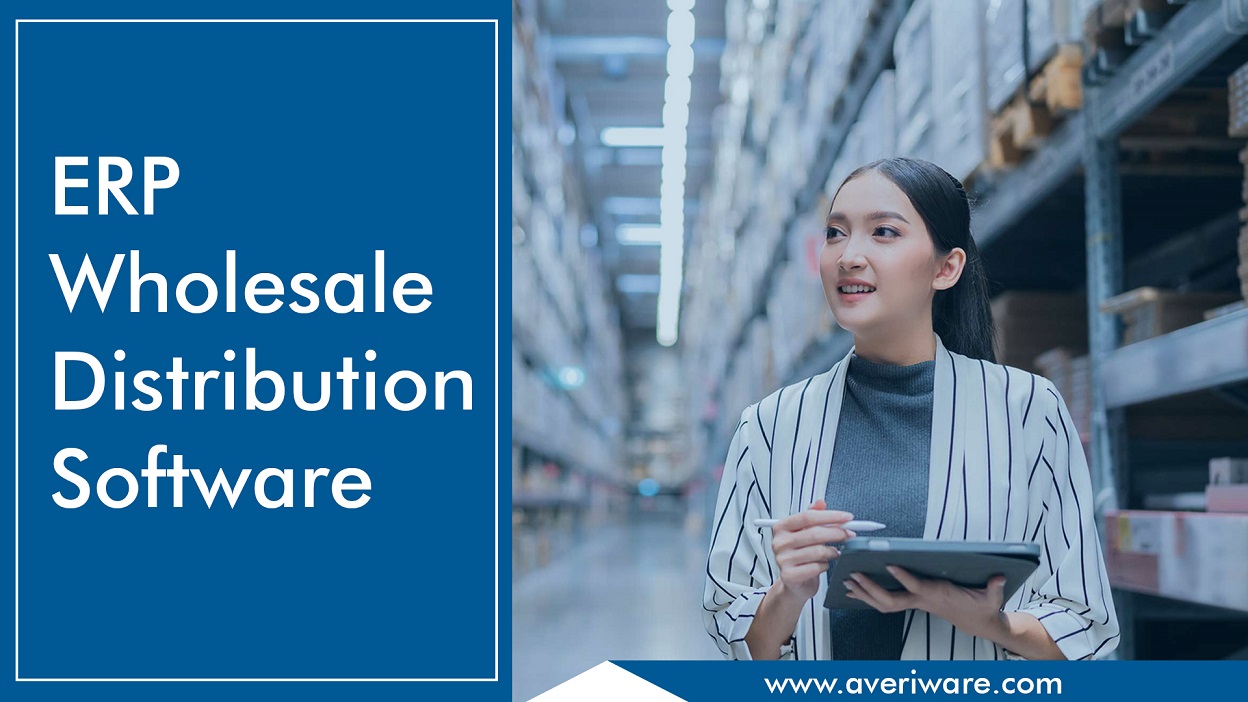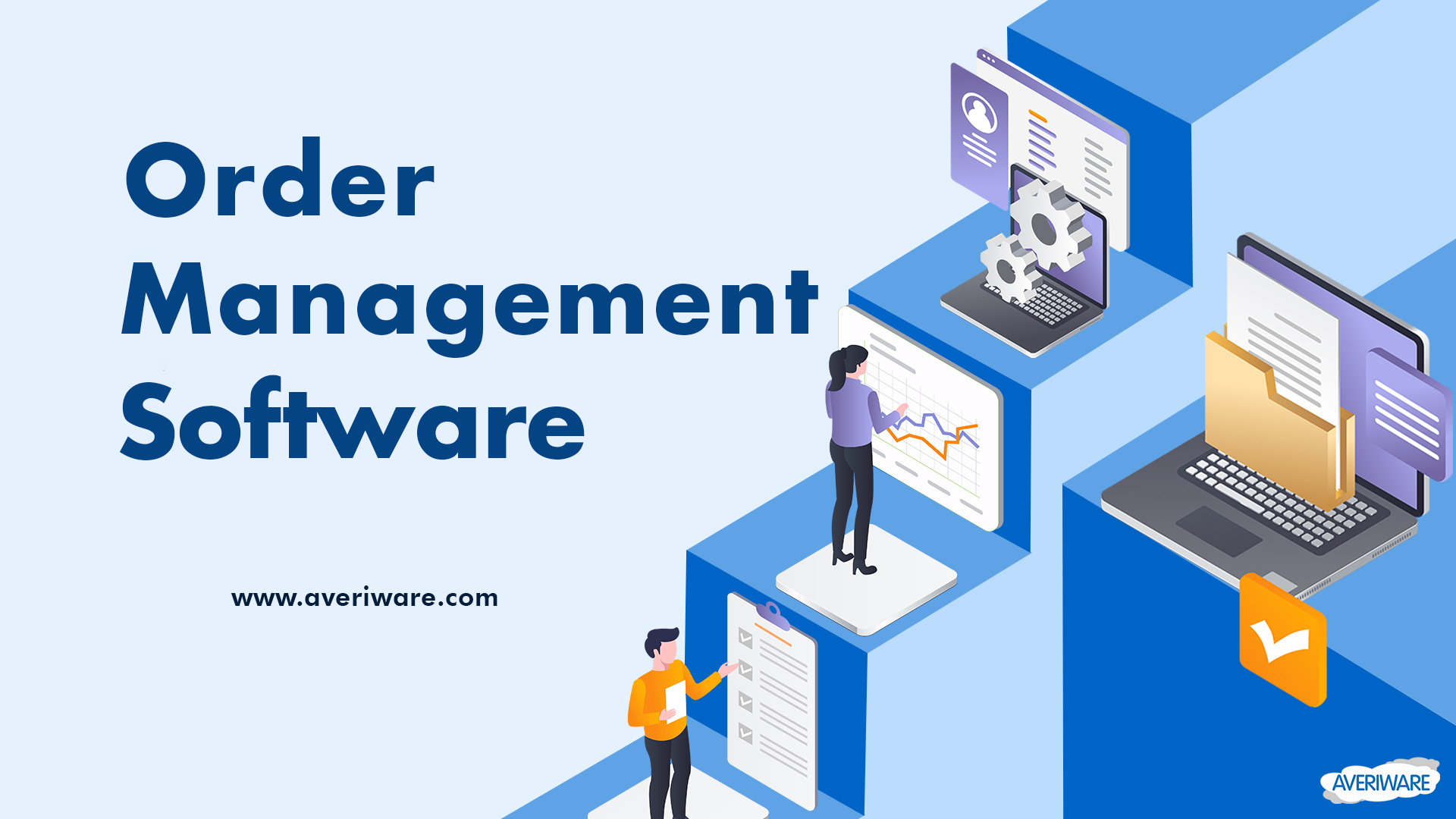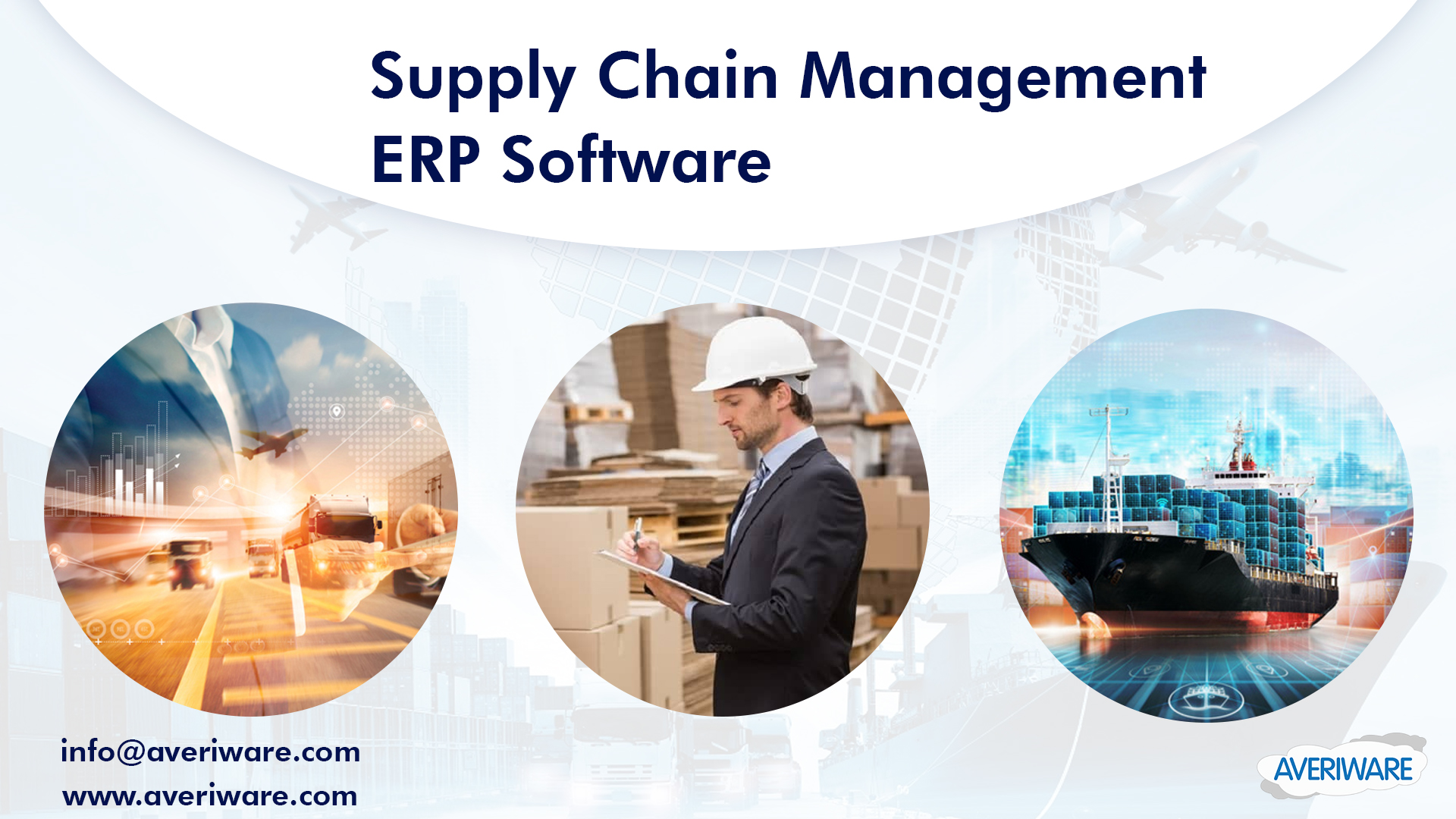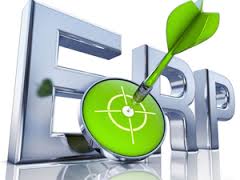
What Is Cloud ERP Software?
Cloud ERP stands for organization, resource making plans, which is a type of software employed by companies to control statistics throughout the organization. Averiware-cloud-based ERP refers to ERP software programs and gear, which can be supplied and made out in the cloud, instead of the enterprise website hosting their gadget on-premises. Whilst each business enterprise operating these days is exclusive, they all face a commonplace assignment—with the intention to correctly compete in these day’s commercial enterprise environments, they need to get right of entrance to an era that allows them to innovate, scale, and develop fast. They require superior, globally-linked, and constantly updated software tools and systems that permit them to attend extra of their time and electricity on implementing increase initiatives and less on day-to-day it controls. That’s in which cloud ERP Solution comes into play.
It is true that many of us tend to resist this, but the truth is that technology makes our lives easier. A few years ago, many of the things we now take for granted, had to be done manually, which was much harder.
Nowadays, technology, both software and hardware, make sure most of those things are taken care of, taking a lot of weight off our backs and making our lives much easier. This is the case not just in our homes, but in large businesses where it means saving a lot of time, and consequently, money.
The aforementioned businesses are taken care of by a system known as ERP, or enterprise resource planning. But, what is an ERP system? This is a business process management software, which allows organizations to use a complete system of mutually integrated applications, in order to better manage their business, and automate a large number of the office functions, usually related to human resources, services, and technology.
The software is made to integrate all aspects of the operation, from product planning and development, to sales and marketing.
Averiware-Cloud ERP Software
Averiware Cloud ERP Software does not need massive hardware infrastructure with all of the capital prices related to that. Today organizations can buy an ERP gadget furnished via an agency that supplies software as a provider. The organization experts can get permission to the software program via the cloud from everywhere and, for the maximum part, with any gimmick.
ERP Trends:
While the main goal of an ERP is basically the same, the last few years have seen forces that have shifted the fundamentals of the entire area the software covers. There are currently four trends which affect this kind of software:
Two-tier ERP: This type of ERP has picked up steam thanks to some very expensive failures, which required a change in strategy, meaning many organizations now employ two tiers of ERP software.
Cloud ERP: This was only a question of time, since a great number of technologies and software solutions are currently cloud-based. Many users were reluctant to place their data in the cloud, but they are slowly shifting towards it, due to the advantages it brings to the table.
Social ERP: This is a trend that exists due to all of the hype around social media. While many vendors didn’t lose time with adding these features to their ERP packages, some people still wonder do they really need that.
Mobile ERP: This is maybe the largest trend at the moment, since both employees and executives want to have real-time access of the information an ERP system offers, without having their locations affect that. Businesses are expected to incorporate mobile ERP to be able to handle key processes within their business, along with handling dashboards and reports.
Vendors:
It is an undeniable fact that not all businesses are of the same size, and not all of them need the same ERP system. Some larger companies might need more functions, while some smaller ones will consider them overkill.
A more detailed insight
By now you have a basic knowledge of what is an ERP system. When we get into the details, things get much more interesting. An enterprise resource planning system gives you an overview of the core business processes, and usually does that in real-time, by incorporating databases which are maintained by a database management system. The system is made to track everything – from resources such as raw materials and production capacity, to the statuses of all commitments such as payroll and purchase orders.
The acronym ERP was first used by The Gartner Group, in the 1990s. In this time, ERP was used to extend the then limited capabilities of material requirements and manufacturing resource planning systems.
Later on, ERP began representing a much larger whole, which displayed the evolution of integrating applications beyond manufacturing, without replacing the aforementioned systems.
By the mid-1990s, the available ERP systems took care of all core enterprise functions, causing everyone from non-profit organizations to governments to use such a system.
While an ERP system is based on the industry’s best practices, vendors often offer configuration options that allow the organizations to integrate their business rules within the system, but feature gaps often exist even after the configuration is complete.
The technical solutions to offer this kind of customization are either rewriting a certain part of the final software, which can be costly to do and maintain, writing a separate module that provides the needed functionality and works within the system, or connecting an external system that gives you the features you need.
There are also non-technical solutions, for example changing the organizational policy or the business practice, in order to match the feature set of the ERP system.
To go even further, ERP systems have the ability of supporting third-party extensions. The vendors typically give access to data and features via published interfaces, and such extensions may give you extra functionality, such as:
Capturing transactional data (for example, RFID or scanners)
Advanced scheduling and planning
Real-time managing of facilities and transmission
Republishing and reporting
Accessing specialized data (for example, associated trend analytics)
Conclusion:
To sum things up on the topic of what is an ERP system, the logical conclusion is that it’s a specialized software package that is made to offer both small and large businesses the options of having a complete overview of their business.
It is very useful, since today’s technological era dictates that this kind of software should be everywhere, and you can get a lot of information on whatever you may need, be it reports, manufacturing info, or prices and materials, in real time.
The system comes with a number of interconnected applications which might look costly at the beginning, but they will streamline all of the processes and result in a lot of saved time, and consequently, money.
Visit for more information: http://34.210.24.185/


